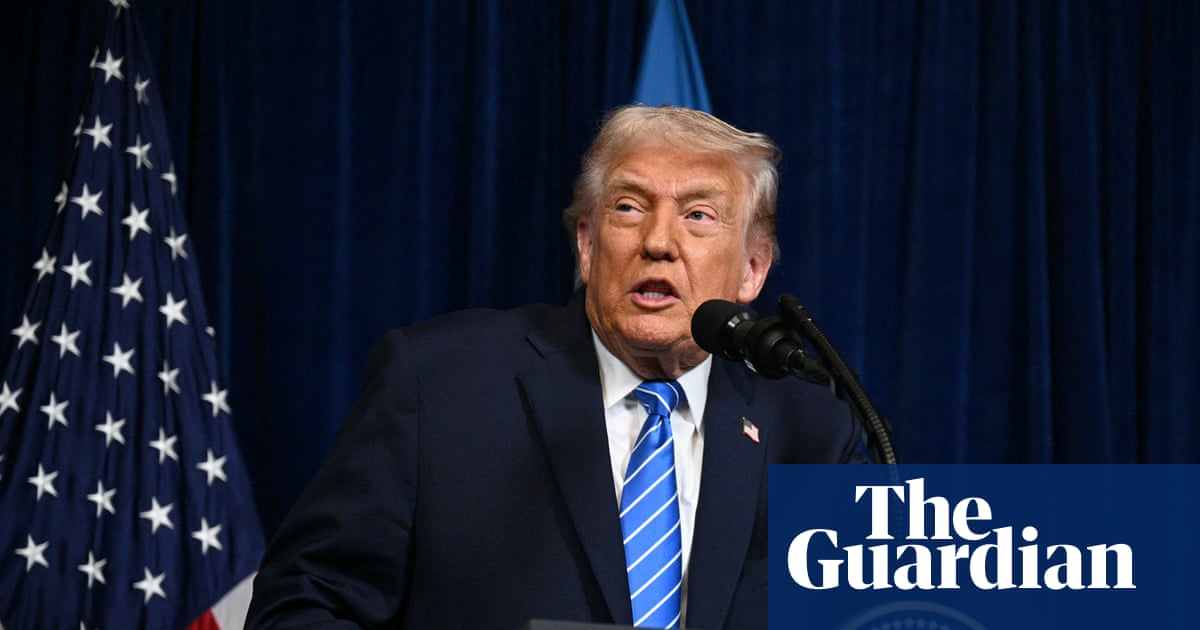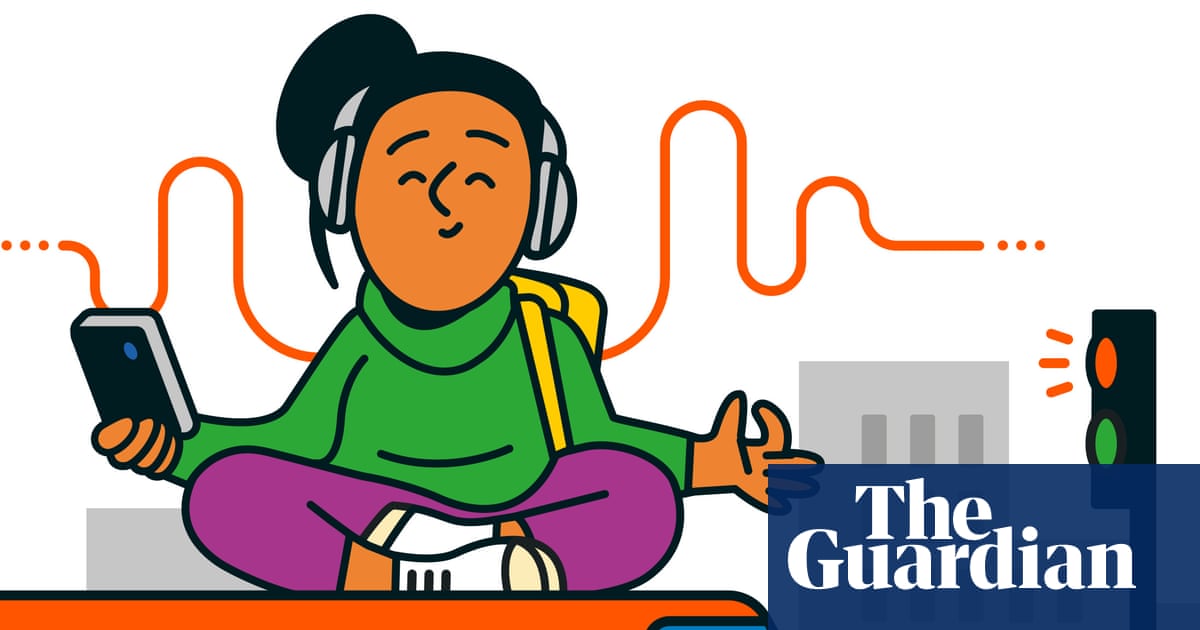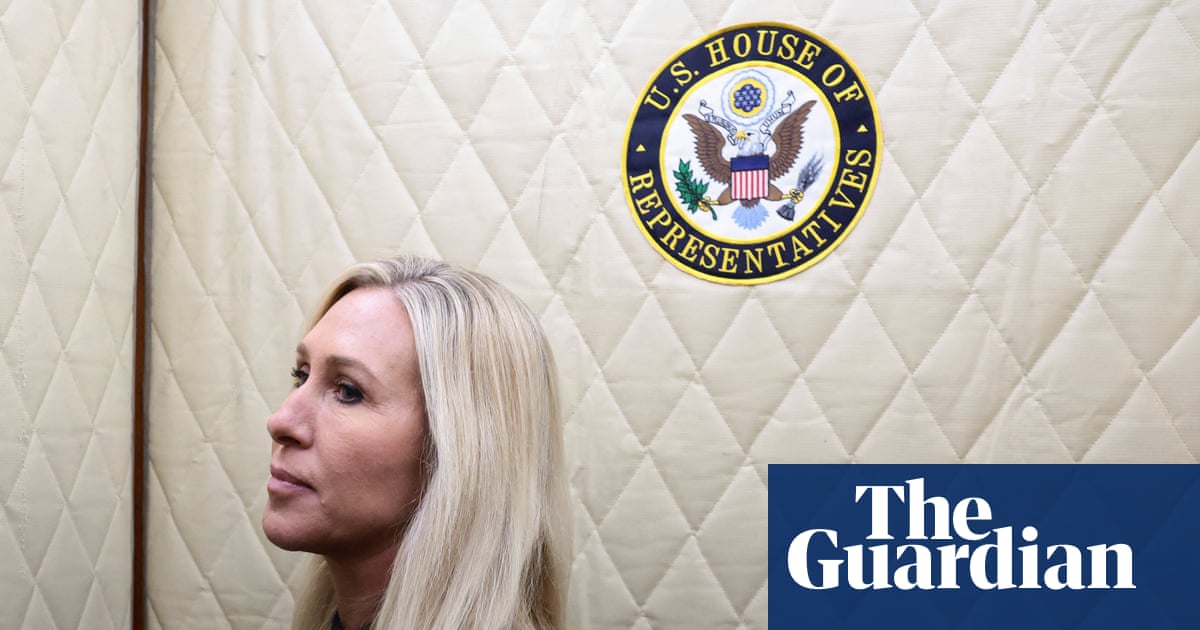The 2024 presidential election was a disaster for the Democrats. Donald Trump managed to shake loose the party’s base. Latino voters, Black voters and young Americans swung away from Kamala Harris, resulting in Trump’s first popular vote plurality in three tries. Less than a year later, the shifts may yet prove transitory. Looming cuts to healthcare, rising unemployment and sticky inflation may be yielding buyers’ remorse. Whether the Democrats are up to the moment is an open question.
Regardless, the new “American Golden Age”, promised by the president and his minions, is looking more like stagflation for the many and a booming stock market for the few. Topline youth unemployment stands at 10.8%, according to the Trump-maligned Bureau of Labor Statistics. Unemployment rates for young men (11% ), Black youth (14.3%), and Hispanic youth (12.6%) are even higher.
With midterms less than 14 months away, the president and his party ought to be concerned. The Democrats narrowly lead on the generic ballot, despite being unloved, incompetent and in disarray. Meanwhile, Trump’s approval remains underwater, hovering between -7% and -8% on average, according to the Silver Bulletin.
Disapproval among Latino voters is starker. Immigration and masked Ice agents have soured voters on the administration’s real gains in securing the border: according to one new poll, the incumbent stands 20 points underwater with Latinos.
The latest YouGov poll, meanwhile, pegs Hispanic disapproval of Trump at 65%. Among Black Americans, the figure is 84%. White Americans disapprove of him, 50-47. A Reuters/Ipsos poll from August reports that only one-third of Hispanics approve of Trump.
Yesterday seems so far away. In November, Trump fought Harris to a near draw among Hispanic voters, 48%-51%. In 2020, they went for Joe Biden 61%-36%.
Hispanic people were not alone in moving toward Trump. Americans under 50 and Asian Americans markedly shifted, too. Black communities demonstrated political restlessness as well. Against Harris, Trump garnered 15% of Black voters – up from 8% four years earlier. Among Black men, the change was even more glaring.
Hispanic voters do not, of course, march in lockstep with the Democratic party or its establishment. George W Bush won four in nine Hispanic votes in 2004. John Kerry proved a dud. In 2008, Hispanic voters opted for Hillary Clinton over Barack Obama, the eventual nominee. In both the 2016 and 2020 Democratic presidential primaries, they showed greater early preference for Bernie Sanders, a proponent of Medicare for all.
A commanding win by the senator from Vermont in the 2020 Nevada presidential caucus sent the Biden campaign reeling. The failed one-term President Biden finished 25 points behind Sanders in that contest.
The Great Recession and Covid-19 left deep scars. In June 2022, the Democrats lost a key race in south Texas. Mayra Flores, a Republican newcomer, triumphed in a special election and a flipped control of a long-held Democratic seat. A coda, Flores failed to win re-election the following November, and again lost in 2024.
Fast forward to the current New York City mayoral race. There, younger voters and Hispanic voters comprise Zohran Mamdani’s political core. His victory in the Democratic primary was as much about economic dissatisfaction and uncertainty as demographic and generational change.
Overall, Hispanic Americans show the highest workforce participation rates. Lunch-bucket issues possess greater salience. Social issues generally receive less attention from non-college graduates than they do from white Democratic PhDs. As a corollary, what plays well in the faculty lounge is seldom a winner outside those Ivy-covered precincts.
The Latino vote is in flux. Trump’s promises to secure the border and crack down on illegal immigration proved less controversial among large swaths of Hispanic voters than Democrats had hoped. Rather, inflation and the kitchen table concerns carried the day for the GOP as Harris refused to distance herself from her boss.
In south Texas, thousands of traditional Democrats cast their lot with Trump. Republican redistricting efforts in the Lone Star state now hinge upon those trends continuing, a debatable but plausible premise.
The S&P 500 and Nasdaq set new records almost daily. Yet Trump’s promise to “end inflation” and start “saving our economy,” beginning on “day one” looks increasingly empty. His unilaterally imposed tariffs bite.
Democrats have plenty of material to work with. Their capacity to eventually deliver a coherent message is another matter.
-
Lloyd Green is an attorney in New York and served in the US Department of Justice from 1990 to 1992

 3 months ago
52
3 months ago
52

















































